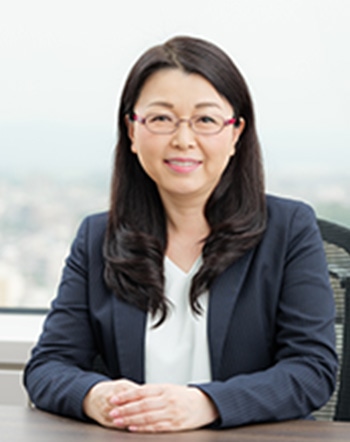1952
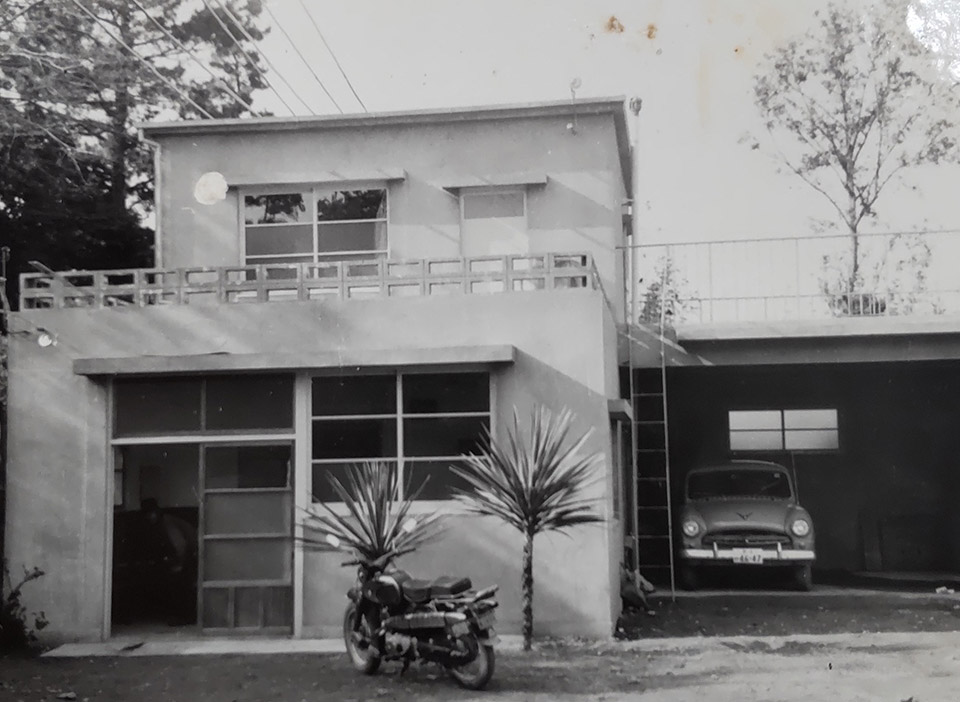
- Establishment of KOJIMA SEISOSHA in Hamamatsu City, Shizuoka Prefecture
-
In April 1952, at only 23 years of age, Tadahira Kumagai established KOJIMA SEISOSHA in his home with the help from his youngest brother Takamichi. At the same time, the company filed a notification with the Hamamatsu City Cleaning Division and began a sewage handling business to collect and transport human waste and garbage.
When the company was first founded there were no vacuum trucks or packer trucks like there are today, and they collected garbage by pulling a cart behind them. Eventually, the company began using three-wheeled cargo trucks and gradually expanded its collection area.
On July 1, 1954, Hamamatsu City enacted the Public Cleansing Law, and 12 private collection companies, including the KOJIMA SEISOSHA, were licensed by the city to collect and transport human waste in Hamamatsu City.
1964
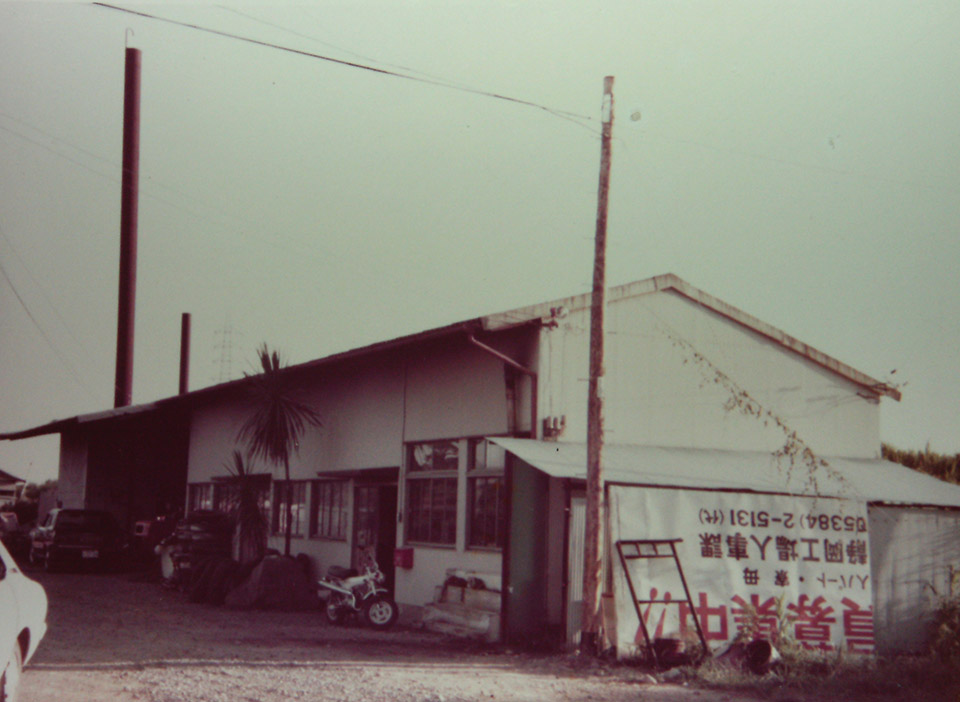
- Incorporation of the Kojima Cleaning Company, and the establishment of KOJIMA SEISO CO., LTD.
-
In July 1964, the company was incorporated as the KOJIMA SEISO CO., LTD. for the purpose of increasing its external credibility. The company's capital was set at ¥500,000, and Tadahira was appointed as the first Representative Director and President. In 1965, the following year, the company newly purchased a new 2-ton three-wheeled dump truck, three 2-ton three-wheeled ordinary vehicles, one 2-tun four-wheeled small dump truck, and nine small vacuum trucks.
In 1967 the head office was relocated due to insufficient parking space caused by the increasing number of vehicles. The new location was in Aritama minami-machi, Hamamatsu City, Shizuoka Prefecture (now Aritama minami-machi, Chuo-ku, Hamamatsu City), a short distance northwest of the previous head office. This is also the location of the current head office. Because the move was only to expand the parking lot, the new head office was a simple one-story structure.
1969
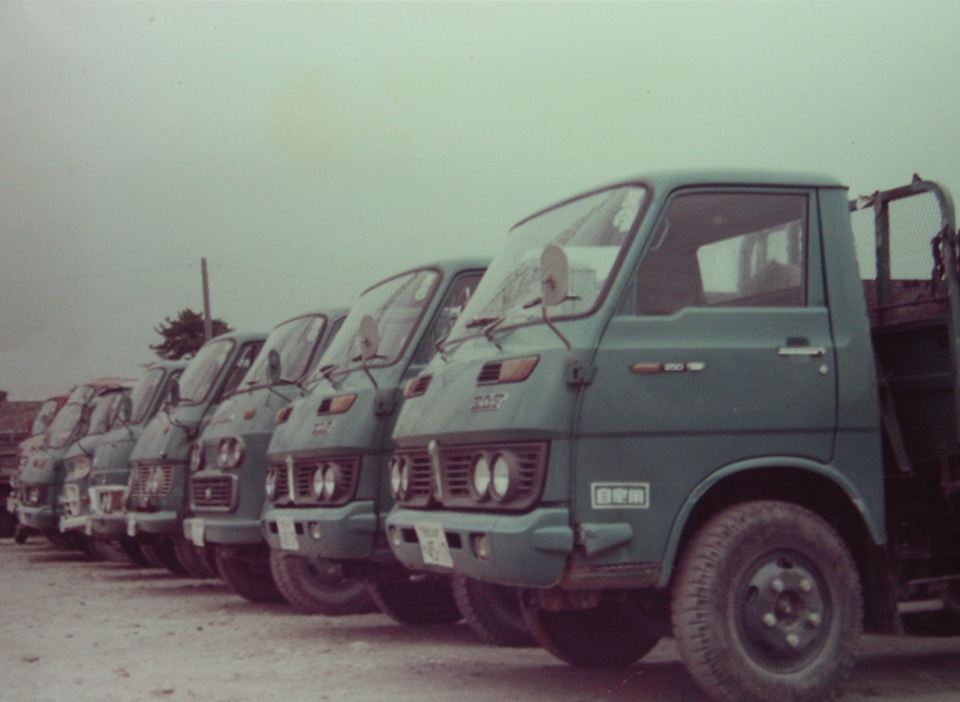
- Converting the business to industrial waste treatment
-
In April 1969, an organization was established to collect, transport, and dispose of human waste within the city. Together with this, the Eastern Sanitation Plant was planned as a facility for processing 480,000 liters/day of human waste, which was equivalent to 280 vacuum cars at the time, and the facility was completed the following year in December 1970.
Hamamatsu City, which had established the public corporation, purchased all of the licenses and vehicles that had been given to private companies to collect and transport human waste. After its human waste collection and transportation business concluded, KOJIMA SEISO shifted its business focus to the collection, transportation, and disposal of garbage and unnecessary materials (later industrial waste) that were generated in the course of business activities, as well as household and business waste other than human waste (later general waste).
1972
- Establishment of a final treatment site in Wako-cho, Chuo-ku, Hamamatsu City, Shizuoka Prefecture
-
For waste disposal companies, the final treatment sites where the collected waste is processed are important facilities that have a large effect on their business. At the time, KOJIMA SEISO was often turned down when going out to do business because it did not have its own final treatment site. Conversely, there were also many times when businesses asked us to dispose of their waste but we regrettably had to refuse because we did not have a site where we could bury the waste. As such, KOJIMA SEISO was constantly searching for a place for a final treatment site.
In September 1972, KOJIMA SEISO submitted a notification to Hamamatsu City and established a final treatment site in Wako-cho. Although it was a small-scale site with a capacity of about 100,000 m3, the final treatment site in Wako-cho was KOJIMA SEISO 's first full-scale waste landfill.
1977
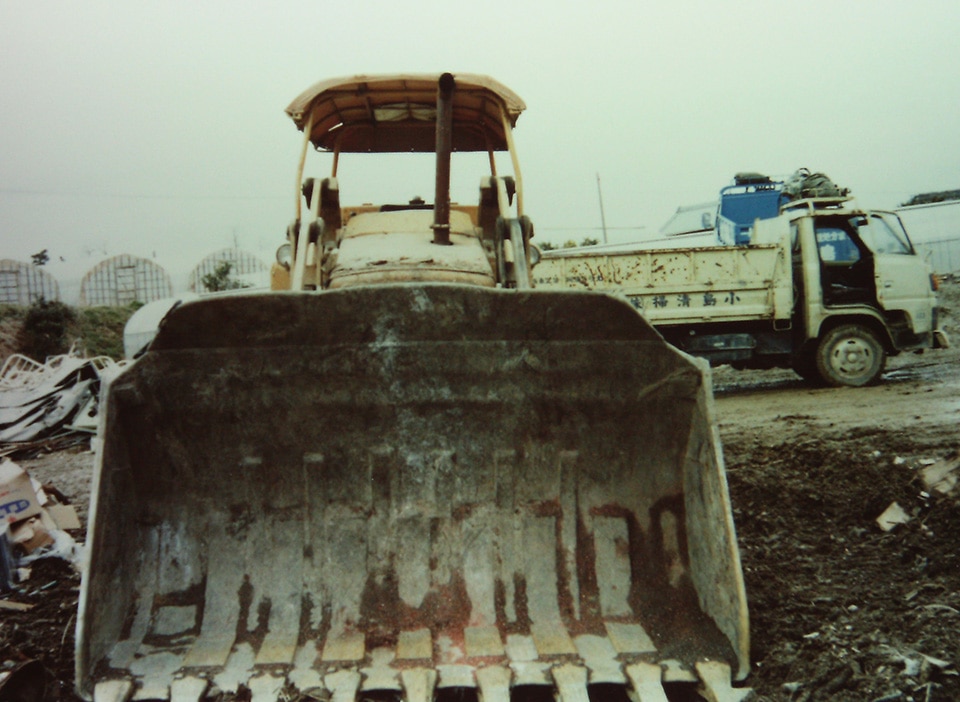
- Establishment of first stable disposal site
-
In April 1977, KOJIMA SEISO obtained a license for industrial waste disposal from Hamamatsu City and then established its first two stable disposal sites in Okubo-cho in Hamamatsu City. These sites in Okubo-cho were primarily used to dispose of waste plastic that was generated by major transportation equipment manufacturers and other related manufacturers.
However, an unexpected problem occurred. The second stable disposal was located in a valley and then used to dispose of gypsum board and other materials, so the seepage water became contaminated and flowed downstream as waste effluent. As a result, residents living near the downstream area complained, and the company responded by installing a wastewater treatment facility as a remedial measure. This was a bitter experience for us that could have resulted in a loss of trust from local residents, but it was also a valuable opportunity for us to recognize the necessity and importance of intermediate treatment, and was the beginning of our establishment of an integrated waste treatment system that includes "collection and transportation," "intermediate treatment," and "final disposal."
1970s to Early 1980s
- Expansion of local SME customers
-
During the 1970s and early 1980s, when the Japanese economy was steadily growing, the amount of waste generated by local small and medium-sized businesses and households also continued to increase. In this environment, KOJIMA SEISO focused on sales to local small and medium-sized businesses, taking advantage of its stable disposal sites.
Around this time the company had about 500 customers, including textile companies (which were growing as a local industry), transportation equipment-related manufacturers, and medical institutions. Because of its strong relationships with medical associations and health centers, KOJIMA SEISO was able to handle almost all of the waste generated by medical institutions such as general hospitals and clinics.


